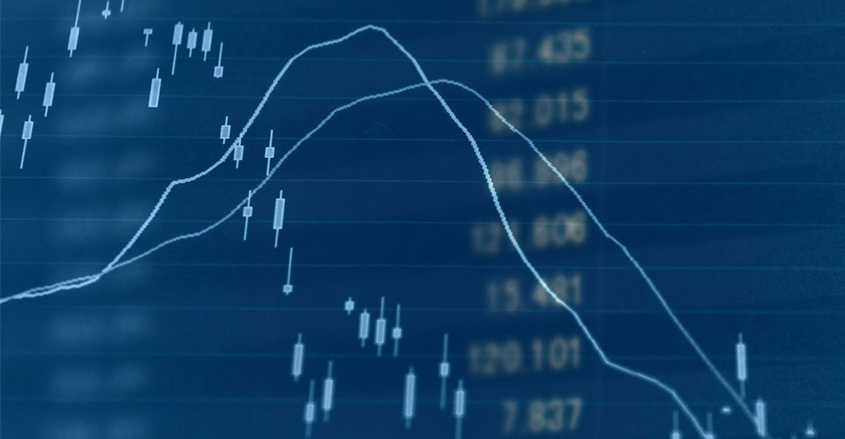What if there was an indicator that can help you determine the tops or the bottoms of a market? That indicator would seem like a worthy inclusion in your trading tools, right?
Many traders feel that the Put-Call Ratio (PCR) is just the indicator for the job of predicting the direction of the market.
Before you add it to your toolset, you’ll want to learn how the indicator works and some of its nuances. It’s an easy indicator to calculate, but the interpretation is why traders believe it has value.
The indicator deals with the volume of options contracts. It takes the volume of puts and divides by the volume of calls. When the market is buying more puts than calls, the PCR will have a value over one. When the volume of calls is greater than the volume of puts, the PCR will be less than (1).
Traders view the PCR as a contrarian indicator. When the volume of calls is greater than the volume of puts, the market is overly bullish, which means a top may be near.
The predictive power of put volume greater than call volume (> 1.00) is skewed as many money managers use puts to hedge. This constraint is something to consider when using this indicator.
PCR is a contrarian indicator
Contrarian investing looks good on paper, but the implementation often derails the efforts of many investors. The biggest problem with being a contrarian is your cash will run out long before the trend you are betting against.
Investors who try to set hard limits on the PCR run into trouble. It’s usually better to use it as a cautionary indicator, which suggests that a change in the market could be occurring soon. Using defensive options positions could be a better strategy when the PCR indicates a possible shift in market direction.
Before setting out to use the PCR in your trading, consider evaluating how it performed as a market predictor in the past. Check for periods of extreme changes. Start with taking the average over several periods and using that to guide your analysis.
The PCR is tracked at the overall market level and via categories. The main categories include equity, index, exchange-traded products, and volatility. The one to use depends largely on your investment goals. Some traders use all indicators.
The Chicago Board of Options (CBOE) publishes these indicators, both the current and past values. The data can be downloaded to a spreadsheet to help with analyzing past performance.
After obtaining the PCR from the CBOE, you can download the historical prices of the S&P 500 from Yahoo Finance. The ticker symbol is ^GSPC. Perhaps the best way to determine extreme points in the market is to chart the prices of the S&P 500. Then, observe where there are high points and low points. Then, see if these highs and lows correspond with extreme levels of the PCR.
Some traders use the PCR on individual options contracts. However, historical prices of options chains are not readily available. The costs of obtaining this data are often beyond the budgets of most beginner options traders.
As you gain experience in trading, you may find you have the financial means to obtain this data. It would be a worthy exercise to measure the past performance of the PCR of several options chains.


